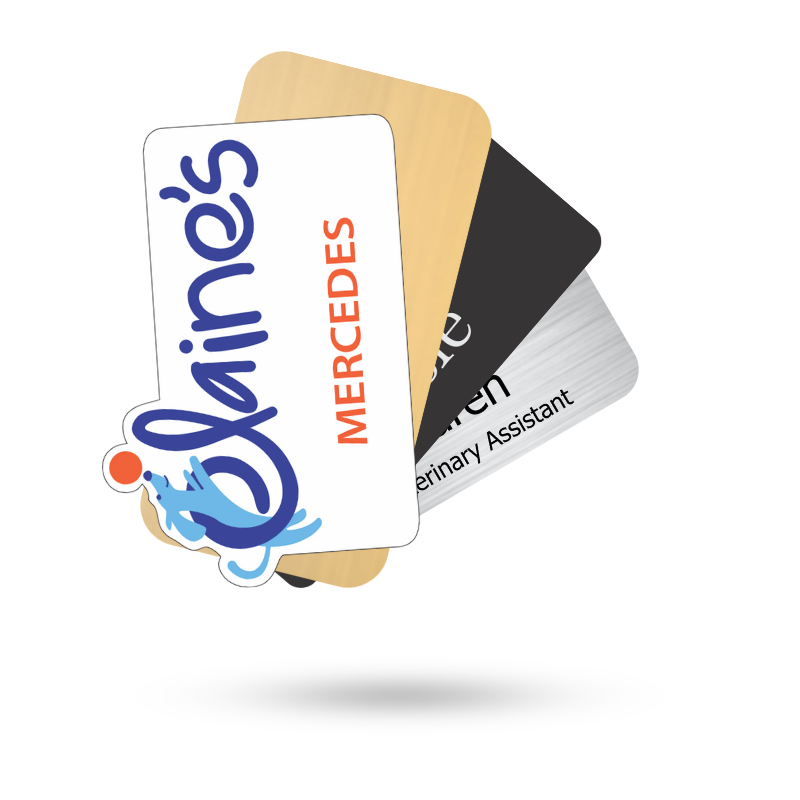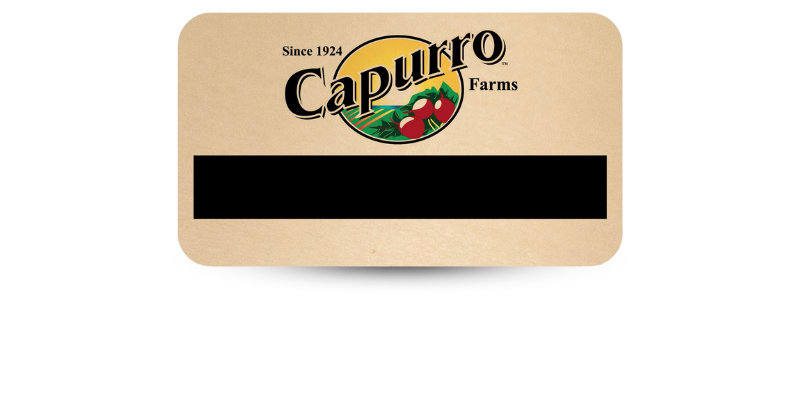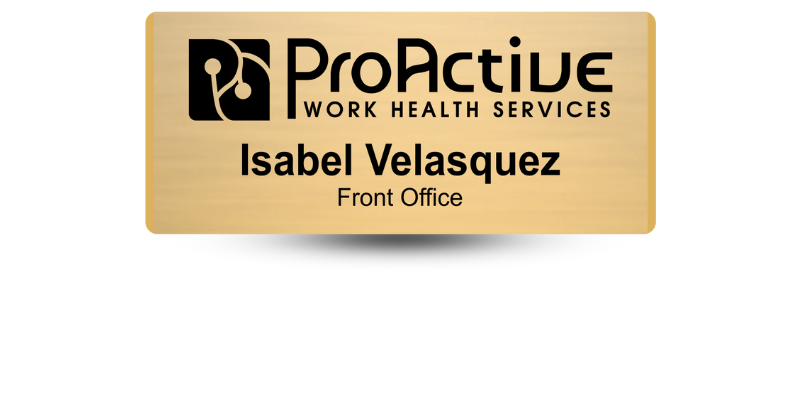Tips for Designing Your Own Brand Book
Larger companies and organizations create their own brand guides or brand books. Their purpose is to ensure everyone in the company stays on the same page when it comes to branding. A brand book contains all the branding information in a single place. A brand book can be a beneficial tool for companies and organizations of any size as it can help maintain brand consistency.
What do you need to know before creating your brand book?

Before you start compiling your brand book, take some time to define your brand. Write down all the traits and elements that work together to define your organization. Think of it as establishing the personality of your company. What kind of image do you want to put out there? Do you want it to be fun, serious, casual, formal, outgoing, reserved, or something else? This early stage is a great time to start involving your team, designers, copywriters, management, and marketing personnel. Allow opportunities for all the team members to contribute to the structure and consistency of your brand.
What is a brand book?
Brand books are basically a style guide for your company’s brand. They contain all the needed instructions about your logo design and a style guide for your brand’s identity. It provides the identity for your brand. When you have a sharable brand book, you can save a lot of time when you need others to work on projects. They have all your brand information in one place available in just a few seconds. Anyone working with your company can know how you want your brand to represent you and your company with very little effort.
Pros and Cons of Creating a Brand Book
The biggest pro of creating a brand book is to ensure brand consistency. By keeping your brand consistent, consumers are able to recognize your brand when they see it, any place they see it. They should be able to recognize your brand at a glance. When a brand has a good identity, it retains loyal followers, and triggers more purchases.
As far as cons for creating a brand book, there aren’t many. However, a negative experience with a service or a product can damage your brand reputation. A second disadvantage could be if a company makes a move to change their marketing conditions. The brand would still be associated with their original products.
What should be included in a brand book?
Your brand book is a style guide for your brand. It should include things like:
- Logo design
- Logo sizes
- Logo placement
- Colors
- Fonts
A brand book can be as long or short as you need, depending on the complexity of your company. It may be a single page or 100 pages. If you use more visual elements and numerous marketing materials, you’ll need a longer brand book. You’ll want to clarify all the elements. Just remember to keep it as simple and straight forward as possible, while conveying the information you need to communicate regarding your brand. Some of the elements that should be included in a brand book.
- Company Mission Statement. Include your brand missions statement which defines what your brand is committed to deliver. You probably already have a mission statement.
- Core Values and Vision. Your brand guide sets the navigational direction for your brand. Give your brand a vision of where you want it to go.
- Brand Persona. Beyond the logo and visuals of a brand, you want to offer customers something unique. That’s what gets their attention. How you deliver your message is important. Your brand persona plays a huge role in how customers connect with your brand.
- Target Audience. Defining your target audience helps you develop your brand as well as your marketing strategies. Identify your audience’s age, gender, income level, location, and more.
- Your Brand Logo. Your logo is a graphic symbol of your company’s identity. The logo combines your graphics, symbol, colors, and fonts into a single image. You’ll put your logo everywhere, including name tags, stationery, signage, and many other places where it is easy to recognize.
- Your Brand Color Scheme. Brand colors set the tone of voice for your business. Your unique color scheme gives your brand its distinct look. They will be used on your website, social media, printed materials, and your logo. Using your colors together helps create your brand’s unity and cohesiveness.
- Your Brands Font or Typography. The typography tells people a lot about the personality of a brand. The font you choose will be used globally and in both the analog and digital worlds.
- Your Brand’s Tone. Your brand’s tone is how you speak to your audience. The tone is delivered through communication, which includes the style you use to communicate and the words you use.
Use Your Full-Color Logo to Brand Your Name Tags
Your business name tags can be a powerful branding tool, especially when it bears your full-color logo. Let Name Tag Pros help you design your logo using your brand information. Your name badges should present a unified appearance using your branding colors, typography and logo. Let us create your logo using the elements in your brand book. Contact us today, let us get started on the perfect branded name badge!
Share Article
Categories







